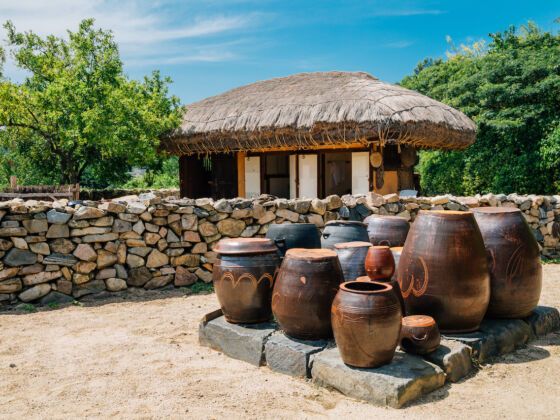My Korean tutor held a dinner for her students the other night, and I showed up awkwardly early.
I sat in the kitchen, watching soups simmer, meat marinate, and endless rice being scooped swiftly into aluminum bowls. I offered to help, but my tutor sat me down and quizzed me about food terms. The whole time, her swift hands were maneuvering clay bowls and bamboo mats.
One of travel’s highlights for me is getting to know a culture through its cuisine. But I haven’t often sat back and thought about the tools used behind the scenes. What about the kitchenware, both traditional and modern, unique to the culture, and tailored to the local food?
A Korean kitchen, it turns out, is full of a lot of cool, unique tools.
